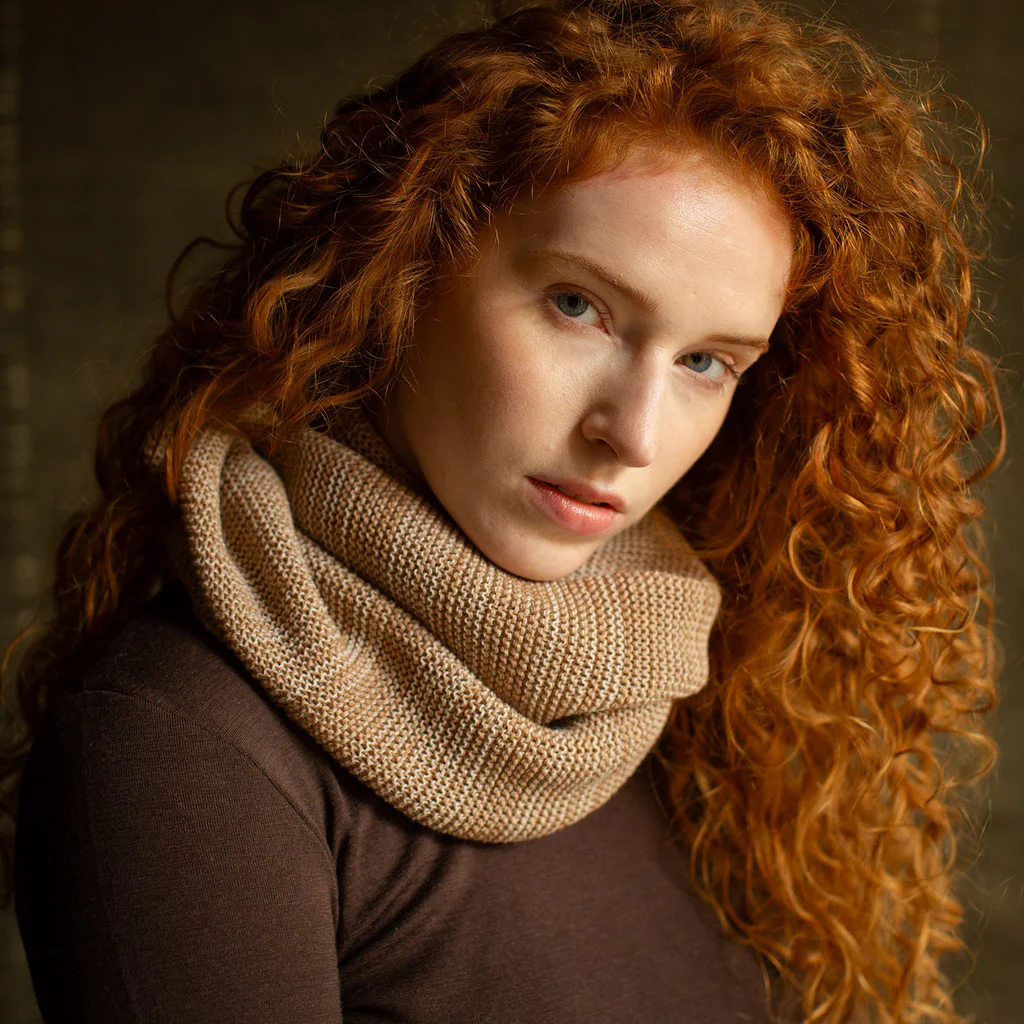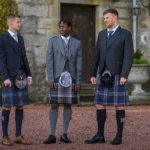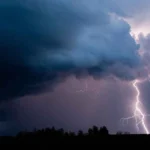
Scarves, timeless and versatile accessories, have woven themselves into the fabric of human history, spanning cultures, climates, and centuries. From their ancient origins in ancient Egypt to their modern-day iterations in high fashion and beyond, scarves have captivated and adorned wearers with their elegance, functionality, and symbolic significance. Join us as we unravel the rich tapestry of scarf culture, exploring its evolution, cultural significance, and enduring appeal across the ages.
Ancient Origins: The depiction of scarves in ancient Egyptian art dating back to 3,700 BCE reveals their dual purpose of fashion and practicality. In these ancient illustrations, individuals are seen wearing scarves draped elegantly around their necks or heads. These early scarves likely served not only as adornments but also as protection from the harsh desert climate. Their presence in ancient Egypt underscores the enduring appeal and utility of scarves throughout history, establishing them as a cultural artifact with roots reaching back millennia.
Material Marvels: The evolution of scarf materials reflects the progress of human civilization. While the earliest scarves were likely crafted from woven flax fibers for their durability and accessibility, the introduction of silk around 2000 BCE in China elevated scarves to symbols of luxury and refinement. Silk scarves, prized for their softness and sheen, became highly sought after among the elite, marking a significant shift in scarf culture from utilitarianism to opulence.
Roman Togas (Not Quite Scarves): The Roman toga, although distinct from modern scarves, bears resemblance in its draped style and versatility. Measuring an impressive 6 meters in length, the toga could be wrapped around the body in various configurations, offering some semblance of scarf-like functionality. While primarily worn as a symbol of citizenship and social status rather than for warmth or fashion, the toga exemplifies the ancient tradition of adorning oneself with fabric, laying groundwork for future sartorial innovations.
Medieval Mark: Scarves took on new significance in medieval Europe, particularly among the nobility. During the 13th century, scarves made of luxurious materials such as fur or adorned with precious jewels became emblematic of wealth and status. These scarves, often reaching lengths of up to 2 meters, served not only as fashionable accessories but also as symbols of power and prestige, further entrenching their place in aristocratic society.
Cravat Craze: The 17th century witnessed the emergence of the cravat, a precursor to the modern necktie, as a prominent accessory in European fashion. Originating in Croatia and popularized by King Louis XIV of France, who reportedly owned a vast collection of over 2,000 cravats, this neck adornment symbolized elegance and refinement. The cravat’s intricate knotting techniques and lavish embellishments reflected the opulent tastes of the aristocracy, cementing its status as a symbol of high fashion and sophistication.
Military Mufflers: Scarves played a vital role in military attire during the 18th and 19th centuries, particularly as woolen or cotton mufflers worn by soldiers for warmth and protection against the elements. The British Army even standardized the dimensions of military mufflers to 90 cm x 30 cm, ensuring uniformity and practicality on the battlefield. These scarves not only provided insulation in cold climates but also served as makeshift bandages or slings in times of injury, highlighting their versatility and utility in military settings.
Headscarf History: Across various cultures, headscarves hold profound cultural and religious significance. The Sikh turban, for instance, typically consists of 6-8 meters of cloth meticulously wrapped around the head, symbolizing piety, dignity, and equality within the Sikh faith. Similarly, headscarves worn by Muslim women, known as hijabs, serve as expressions of modesty and faith, reflecting cultural diversity and religious devotion around the world. These headscarves, steeped in tradition and symbolism, embody the intersection of faith, identity, and fashion.
Hollywood Glamour: The early 20th century saw scarves ascend to iconic status in Hollywood, thanks to glamorous stars like Greta Garbo and Marlene Dietrich, who effortlessly incorporated them into their signature looks. Whether draped elegantly around the neck or styled as headscarves, these silk accessories added an air of sophistication and allure to their on-screen personas. As Hollywood’s influence spread globally, so too did the popularity of scarves as must-have fashion accessories, solidifying their place in the pantheon of timeless glamour.
Parisian Chic: In the 1930s, Parisian fashion houses like Hermès revolutionized scarf design with the introduction of the silk carré scarf. Characterized by its square shape and exquisite craftsmanship, the Hermès carré scarf quickly became synonymous with Parisian elegance and sophistication. Crafted from luxurious silk and adorned with intricate patterns and motifs, these scarves epitomized timeless style and refinement. Today, the iconic Hermès carré scarf remains a coveted accessory beloved by fashion connoisseurs worldwide, symbolizing the enduring allure of French haute couture.
World War II Utility: Scarves emerged as symbols of practicality and resourcefulness during World War II, particularly among women who worked in factories to support the war effort. With fabric in short supply, women often repurposed clothing or used scraps to fashion headscarves for warmth and protection. These makeshift scarves not only provided essential insulation in unheated factories but also served as expressions of patriotism and solidarity. Amidst the hardships of wartime, scarves became symbols of resilience and ingenuity, highlighting their significance beyond mere fashion accessories.
Record-Breaking Knit: The Guinness World Record for the longest knitted scarf made by a single person is an impressive 4,565.46 meters, knit by Helge Johansen from Norway. That’s almost as long as 5.5 Empire State Buildings stacked on top of each other! Imagine the dedication it took to complete such a massive project – it reportedly took Johansen 30 years to finish his record-breaking scarf. While it might not be very practical to wear, it’s certainly a conversation starter!
Cashmere Comfort: Renowned for its unparalleled softness and warmth, cashmere has emerged as a favored material for scarves among discerning consumers. Sourced from the undercoat of goats primarily found in the Gobi Desert region, where temperatures can plummet to extreme lows, cashmere represents the epitome of luxury and indulgence. Scarves crafted from this coveted material offer unparalleled comfort and insulation, making them cherished accessories for braving cold weather with style and sophistication.
Space Scarf Chic: In a groundbreaking moment in 2013, astronaut Catherine Coleman made history by becoming the first person to knit a scarf in space. Utilizing recycled yarn and specially designed needles adapted for microgravity conditions, Coleman’s cosmic knitting project showcased the ingenuity and adaptability of humans in the realm of space exploration. The resulting scarf not only served as a testament to human creativity and resourcefulness but also added a touch of warmth and familiarity to the vast expanse of outer space.
Football Fanatic Fashion: Scarves have long been synonymous with fan culture in the realm of soccer, or football, particularly among fervent supporters who proudly don scarves adorned with their team’s colors and insignia. One notable instance occurred in 2011 when fans of FC Twente in the Netherlands created the longest recorded supporter scarf, measuring an impressive 1.3 kilometers in length. These vibrant and spirited scarves serve as outward expressions of allegiance and passion, uniting fans in their shared love for the beautiful game.
High-Fashion Focus: Luxury scarves designed by esteemed fashion houses have garnered considerable attention and acclaim, with some commanding exorbitant prices in the realm of high fashion. In 2013, for instance, a limited-edition Hermès scarf crafted from crocodile skin fetched a staggering $35,000, exemplifying the intersection of craftsmanship, exclusivity, and opulence. These couture scarves, often crafted from the finest materials and adorned with intricate designs, serve as coveted symbols of status and discernment among elite clientele.
Material Mashup: Modern scarves offer a diverse array of materials beyond traditional fabrics like silk and wool, reflecting contemporary trends and innovations in fashion. From sustainable options like bamboo and modal to unconventional choices such as recycled plastic, the variety of materials available caters to diverse preferences and ethical considerations. This material diversity not only expands the possibilities for scarf design and functionality but also underscores the growing emphasis on sustainability and eco-consciousness in the fashion industry.
Multifunctional Marvels: Scarves are prized for their versatility and adaptability, offering myriad styling possibilities beyond mere neckwear. Whether worn draped elegantly around the neck, tied as headscarves or belts, or even utilized as fashion accessories adorning handbags or hats, scarves add a touch of personality and flair to any ensemble. This multifunctional nature allows wearers to express their individuality and creativity while also enjoying the practical benefits of scarves in various contexts and climates.
Cultural Significance: Scarves hold deep symbolic meaning in many cultures around the world, serving as potent expressions of identity, tradition, and social significance. In Japan, for instance, the wearing of a white scarf is traditionally associated with mourning and reverence for the deceased, while in parts of Africa, colorful scarves may symbolize joy, celebration, or social status. These cultural nuances underscore the rich tapestry of meanings woven into the fabric of scarves, transcending mere fashion to encompass broader aspects of heritage and belonging.
Climate Control: Scarves serve as versatile accessories for regulating body temperature in diverse weather conditions. A lightweight scarf can provide a layer of warmth on chilly days, while a thicker, insulating scarf offers essential protection against the biting cold of winter. This adaptability makes scarves indispensable wardrobe staples for navigating fluctuating climates with comfort and style, allowing wearers to stay cozy and fashionable regardless of the weather forecast.
Sun Protection Savvy: Beyond their utility in cold weather, some scarves offer practical sun protection by shielding the wearer from harmful ultraviolet rays. Scarves crafted from fabrics with Ultraviolet Protection Factor (UPF) ratings provide an additional layer of defense against sunburn and skin damage, making them ideal accessories for outdoor activities under intense sunlight. This sun-savvy feature enhances the functionality of scarves while also promoting sun-safe practices for maintaining healthy skin year-round.
Royal Recognition: Queen Elizabeth II of England is renowned for her elegant and vibrant collection of silk scarves, which she often wears tied around her head during horse races and other public appearances. These colorful scarves, meticulously coordinated with her ensembles, add a regal touch to her attire while also serving practical purposes such as sun protection and wind resistance. Queen Elizabeth’s affinity for scarves has cemented their status as iconic accessories fit for royalty, further solidifying their enduring appeal in the realm of high fashion.
Festival Flair: Scarves are a ubiquitous sight at festivals around the world, where they serve as vibrant symbols of celebration, cultural heritage, and individual expression. At events such as the Holi festival in India, revelers often drape themselves in scarves dyed with vivid colors and vibrant patterns, creating a kaleidoscope of festive flair. These scarves not only add visual dynamism to the festivities but also serve as tangible manifestations of cultural identity and communal spirit, fostering connections and shared experiences among participants.
Workplace Chic: Silk scarves have emerged as indispensable accessories for cultivating a polished and professional aesthetic in the workplace. Whether worn as neckties, ascots, or simply draped over the shoulders, silk scarves lend an air of sophistication and refinement to professional attire, elevating even the most basic ensembles. Their versatility allows wearers to effortlessly transition from boardroom meetings to after-work engagements with effortless style and grace, making them indispensable wardrobe staples for career-minded individuals.
Pirate Panache: While the image of pirates sporting headscarves is often romanticized in popular culture, historical accuracy suggests that pirates likely wore a variety of head coverings, including scarves, for practical reasons rather than solely for fashion. Headscarves offered protection from the elements, kept hair out of the eyes during sea voyages, and served as makeshift bandages in times of injury. Despite their practical utility, however, the association of pirates with headscarves has endured as a symbol of swashbuckling style and adventure, perpetuating their iconic status in maritime lore.
Sustainability in Stitches: The growing trend of eco-conscious fashion has spurred an increased demand for scarves made from sustainable materials such as organic cotton or recycled fibers. These environmentally friendly alternatives offer consumers the opportunity to make ethical fashion choices while reducing their carbon footprint and supporting sustainable practices. Scarves crafted from sustainable materials not only prioritize environmental stewardship but also embody a commitment to ethical sourcing, production, and consumption, paving the way for a more sustainable and responsible fashion industry.
FAQs about Scarves:
What are the different ways to tie a scarf?
There are countless ways to tie a scarf, depending on the style you want to achieve and the length of the scarf. Here are a few popular options:
Classic Loop: This is a simple and versatile way to wear a scarf. Fold the scarf in half lengthwise, then loop it around your neck and let the ends hang loose.
Parisian Knot: This is a chic and elegant way to tie a scarf. Fold the scarf into a triangle, then roll it up loosely. Wrap the roll around your neck and tuck the ends through the loop at the front.
Infinity Loop: This is a cozy and convenient way to wear a scarf. Simply loop the scarf twice around your neck, creating two loops that resemble an infinity symbol.
Drape: For a more relaxed look, you can simply drape the scarf loosely around your neck and let the ends hang down.
Headband: Scarves can also be used as headbands. Fold the scarf into a triangle and tie the ends at the back of your head. You can play with the width of the headband by folding the scarf more or less.
These are just a few ideas to get you started. There are many tutorials available online and in fashion magazines that can show you even more ways to tie a scarf.
How do I care for my scarf?
The proper way to care for your scarf depends on the material it’s made from. Here are some general tips:
Always check the care label: This will provide specific instructions for washing and drying your scarf.
Delicate materials: Silk and cashmere scarves should be hand-washed in cold water with a mild detergent. Lay them flat to dry away from direct sunlight.
Wool scarves: Wool scarves can usually be hand-washed or machine-washed on a delicate cycle. Always lay them flat to dry to prevent shrinkage.
Cotton scarves: Cotton scarves can typically be machine-washed and dried on a low heat setting.
It’s also a good idea to store your scarves properly. Avoid hanging them, as this can stretch out the fabric. Instead, fold them neatly and store them in a drawer or on a shelf.
What scarf length is right for me?
The ideal scarf length depends on how you plan to wear it. Here’s a general guide:
Short scarves (up to 60 cm / 23.6 in): These are perfect for tying around the neck in a simple loop or knot.
Medium scarves (60-180 cm / 23.6-70.8 in): These offer more versatility and can be tied in a variety of ways.
Long scarves (over 180 cm / 70.8 in): These can be worn as wraps, shawls, or even belts.
Consider your personal style and how you want to wear the scarf when choosing a length.
Can scarves be worn in warm weather?
Absolutely! There are many lightweight scarf options perfect for warmer weather. Look for scarves made from breathable fabrics like cotton, linen, or modal. You can also wear scarves in warm weather as a hair accessory or tied around your bag.
How can I incorporate scarves into my wardrobe?
Scarves are a versatile accessory that can add a touch of personality to any outfit. Here are a few ideas:
Dress up a plain t-shirt and jeans with a statement scarf.
Tie a scarf around your bag for a pop of color.
Wear a scarf as a belt to cinch your waist.
Use a scarf as a cover-up for a beach day.
Tie a scarf around your head for a retro look.
With a little creativity, you can find endless ways to wear scarves and elevate your style.









